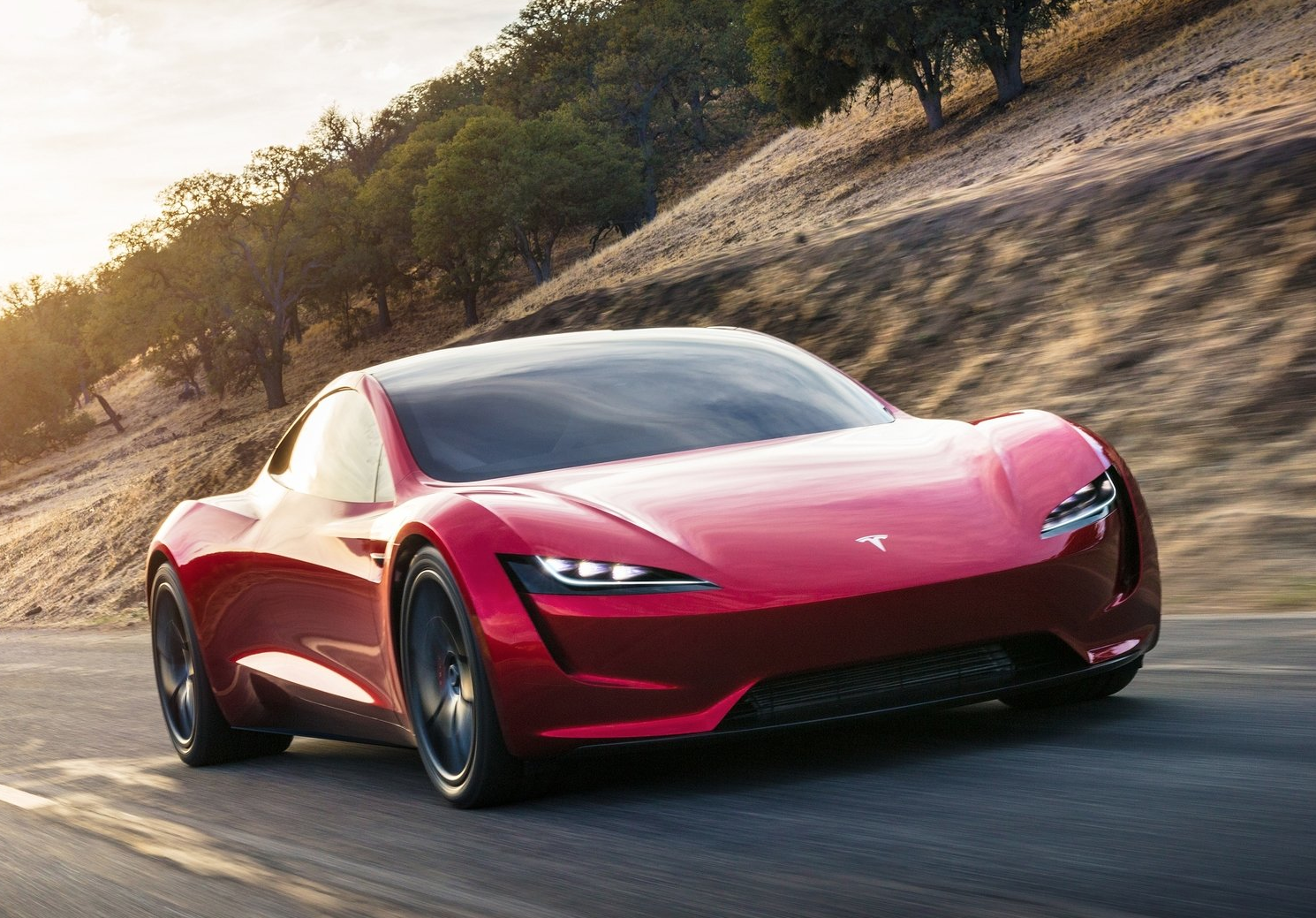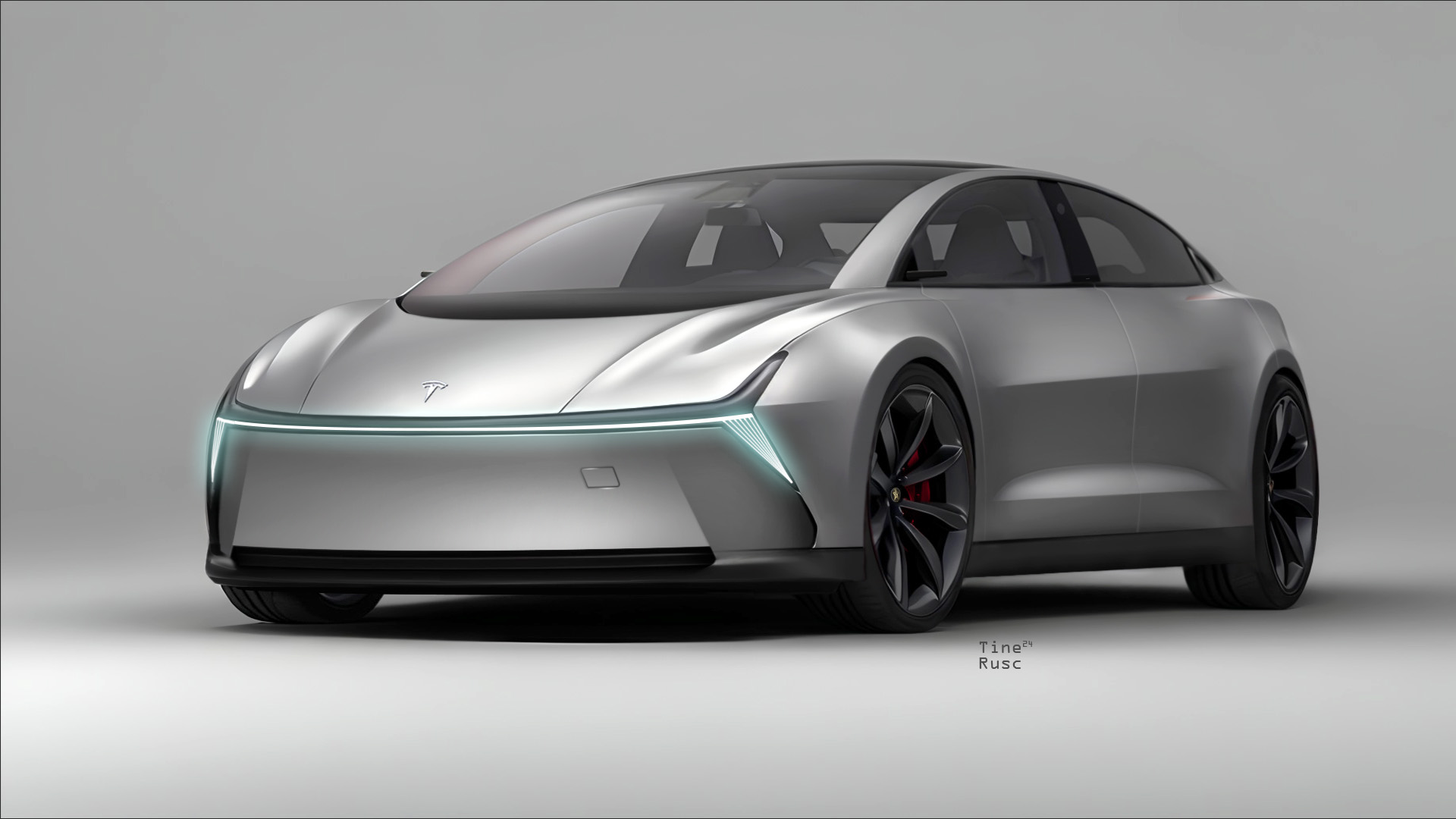
Introduction
We are thrilled to explore the intriguing topic related to Tesla: The Electric Vehicle That’s Appreciating the World. Let’s weave interesting information and offer fresh perspectives to the readers.
Table of Content
- 1 Introduction
- 2 The Electrifying Rise of Tesla
- 2.1 Tesla’s Disruptive Innovation: Beyond the Car
- 2.1.1 The Genius of the Supercharger Network
- 2.1.1.1 Overcoming Range Anxiety: A Psychological Barrier
- 3 Tesla’s Technological Prowess: Battery Innovation and Beyond
- 3.2 Battery Technology: The Heart of the EV Revolution
- 3.2.2 The Importance of Vertical Integration in Battery Production
- 3.2.2.2 Autonomous Driving: The Future of Transportation?
- 4 The Tesla Effect: Shaping the Automotive Landscape
- 4.3 The Ripple Effect on the Automotive Industry
- 4.3.3 The Sustainability Factor: A Greener Future?
- 4.3.3.3 Addressing Counterarguments: The Environmental Footprint of Battery Production
- 5 The Future of Tesla and the EV Revolution
- 5.4 Tesla’s Continued Innovation: What Lies Ahead?
- 5.4.4 The Global Expansion of Tesla: Reaching New Markets
- 5.4.4.4 The Role of Government Policy in Shaping the EV Landscape
- 6 Conclusion
- 6.5 FAQs
- 7 Closure
Tesla: The Electric Vehicle That’s Appreciating the World
The Electrifying Rise of Tesla
Remember when electric cars were seen as quirky, underpowered golf carts for the environmentally conscious elite? Those days are long gone. Tesla, the brainchild of Elon Musk, has single-handedly revolutionized the automotive industry, transforming the electric vehicle (EV) from a niche market curiosity into a mainstream contender. Their success isn’t just about selling cars; it’s about changing perceptions, driving innovation, and fundamentally altering how we think about transportation. It’s a story of ambition, risk, and ultimately, remarkable success. Think about it: a company that started as a relative nobody in the automotive world now stands as a global powerhouse, influencing everything from battery technology to charging infrastructure. This wasn’t achieved by accident; it’s the result of a carefully crafted strategy, relentless innovation, and a savvy understanding of the market. We’ll delve into the key elements of Tesla’s success, exploring the factors that have propelled them to the forefront of the EV revolution and examining the broader implications of their impact on the world.
Tesla’s Disruptive Innovation: Beyond the Car
Tesla’s impact transcends the mere production of electric vehicles. They’ve created an entire ecosystem, a vertically integrated business model that controls almost every aspect of the EV experience. From designing and manufacturing their own batteries (a crucial component often outsourced by competitors) to building their own Supercharger network, Tesla has minimized reliance on external factors and controlled quality at every stage. This approach has allowed them to optimize performance, reduce costs, and maintain a consistent brand experience. Imagine the automotive industry as a complex orchestra: most manufacturers play individual instruments, relying on external suppliers for parts. Tesla, however, is conducting the entire symphony, composing the music, building the instruments, and leading the performance. This level of control has given them a significant competitive advantage, allowing for faster innovation cycles and more efficient production.
The Genius of the Supercharger Network
One of the most significant innovations, often overlooked, is Tesla’s Supercharger network. Before Tesla, range anxiety – the fear of running out of charge – was a major barrier to EV adoption. Tesla addressed this fear head-on by investing heavily in a vast, rapidly expanding network of high-speed charging stations, strategically located along major highways and in urban areas. This infrastructure not only alleviates range anxiety but also significantly enhances the overall driving experience, making long-distance travel in an electric vehicle a viable and even enjoyable option. This forward-thinking approach has been instrumental in building consumer confidence and accelerating EV adoption. Consider this: a trip across the country in a Tesla is now a reality for many, a testament to the power of strategic infrastructure development.
Overcoming Range Anxiety: A Psychological Barrier
The psychological barrier of range anxiety is often underestimated. For many potential EV buyers, the fear of getting stranded with a depleted battery is a deal-breaker. Tesla’s Supercharger network, however, has effectively neutralized this fear, transforming a significant obstacle into a selling point. This strategic move highlights Tesla’s deep understanding of consumer psychology and their ability to address the market’s needs proactively. It’s not just about the technology; it’s about creating a seamless and reassuring user experience. They’ve essentially gamified the charging experience, making it convenient and even enjoyable.
Tesla’s Technological Prowess: Battery Innovation and Beyond
Battery Technology: The Heart of the EV Revolution
Tesla’s commitment to battery innovation is legendary. They haven’t just integrated existing battery technology; they’ve actively pushed the boundaries of what’s possible. Their continuous research and development in battery chemistry, cell design, and thermal management have resulted in significant improvements in energy density, charging speed, and lifespan. This relentless pursuit of technological advancement has not only enhanced the performance of their vehicles but has also laid the groundwork for future advancements in the EV industry. Think of it as a constant arms race, with Tesla consistently setting the pace.
The Importance of Vertical Integration in Battery Production
Tesla’s decision to vertically integrate battery production – controlling the entire process from raw material sourcing to cell manufacturing – has been a crucial element of their success. This strategy allows them to optimize the entire supply chain, reduce costs, and ensure quality control at every stage. It also allows for faster innovation cycles, as they aren’t reliant on external suppliers to develop and implement new battery technologies. This approach is a masterclass in supply chain management, offering a significant advantage over competitors who rely on external suppliers for key components.
Autonomous Driving: The Future of Transportation?
Tesla’s ambitious foray into autonomous driving technology is another game-changer. While the technology is still under development, their Autopilot system and the ongoing development of Full Self-Driving capabilities represent a significant step towards a future of safer and more efficient transportation. This technology, although controversial and facing regulatory hurdles, has the potential to revolutionize the way we commute, travel, and even utilize our vehicles. Imagine a world where traffic congestion is minimized, accidents are drastically reduced, and personal transportation becomes significantly more efficient.

The Tesla Effect: Shaping the Automotive Landscape
The Ripple Effect on the Automotive Industry
Tesla’s success has had a profound impact on the global automotive industry. Their dominance in the EV market has forced established automakers to accelerate their own EV development programs, leading to a surge in new electric vehicle models and a rapid expansion of charging infrastructure. This competitive pressure has benefited consumers, resulting in a wider range of choices, improved technology, and lower prices. The Tesla effect is a powerful demonstration of how a single company can reshape an entire industry.
The Sustainability Factor: A Greener Future?
Tesla’s commitment to sustainability is another key factor in their appeal. Their electric vehicles significantly reduce greenhouse gas emissions compared to gasoline-powered cars, contributing to a cleaner and healthier environment. This commitment to environmental responsibility resonates with a growing segment of environmentally conscious consumers, further enhancing their brand image and driving sales. The transition to electric vehicles is a crucial step towards mitigating climate change, and Tesla is leading the charge.
Addressing Counterarguments: The Environmental Footprint of Battery Production
Critics often point to the environmental impact of battery production as a counterargument to the sustainability claims of electric vehicles. While it’s true that battery manufacturing has its own carbon footprint, studies have shown that the overall lifecycle emissions of EVs are significantly lower than those of gasoline-powered cars, especially when renewable energy sources are used for electricity generation. Furthermore, Tesla is actively working to improve the sustainability of its battery production processes, including the use of recycled materials and the development of more environmentally friendly battery chemistries.
The Future of Tesla and the EV Revolution
Tesla’s Continued Innovation: What Lies Ahead?
Tesla’s future looks bright, but it’s not without its challenges. The company faces intense competition from established automakers and new entrants alike. Maintaining its technological edge, scaling production to meet growing demand, and navigating the complexities of autonomous driving technology will be crucial for continued success. However, Tesla’s track record of innovation and its strong brand loyalty suggest they are well-positioned to continue leading the EV revolution.
The Global Expansion of Tesla: Reaching New Markets
Tesla’s global expansion is another key factor in its future growth. As they enter new markets, they will face unique challenges related to infrastructure development, regulatory compliance, and consumer preferences. Successfully navigating these challenges will be essential for continued international success. The global adoption of electric vehicles is a complex undertaking, requiring careful planning and strategic partnerships.

The Role of Government Policy in Shaping the EV Landscape
Government policies play a significant role in shaping the future of the electric vehicle market. Incentives for EV adoption, investments in charging infrastructure, and regulations aimed at reducing emissions all influence the pace of the transition to electric vehicles. Tesla’s success is partly due to supportive government policies in some regions, and future growth will depend on continued policy support globally.
Conclusion
Tesla’s journey from a small startup to a global automotive giant is a testament to the power of innovation, vision, and strategic execution. Their impact on the automotive industry and the broader world is undeniable, accelerating the transition to electric vehicles and shaping the future of transportation. While challenges remain, Tesla’s commitment to technological advancement, sustainability, and customer satisfaction positions them well for continued success. The electric vehicle revolution is far from over; it’s only just beginning, and Tesla is firmly at the helm, steering us towards a cleaner, more efficient, and exciting future of mobility.
The story of Tesla is more than just a business success story; it’s a narrative of disruption, innovation, and the potential for transformative change. It’s a reminder that even seemingly insurmountable challenges can be overcome with vision, dedication, and a willingness to challenge the status quo. The future of transportation is electric, and Tesla’s role in shaping that future is undeniable. The question isn’t whether Tesla will continue to innovate, but rather the extent to which their influence will reshape the world around us. The possibilities are truly electrifying.
FAQs
- What are Tesla’s main competitive advantages? Tesla’s vertical integration, Supercharger network, battery technology advancements, and strong brand image are key competitive advantages.
- What are the environmental implications of Tesla’s production? While battery production has an environmental footprint, lifecycle assessments show EVs have lower overall emissions than gasoline cars, particularly with renewable energy.
- How does Tesla’s autonomous driving technology compare to competitors? Tesla’s Autopilot and Full Self-Driving capabilities are advanced but still under development and face regulatory challenges.
- What role do government policies play in Tesla’s success? Supportive government policies, such as incentives and infrastructure investments, have significantly contributed to Tesla’s growth.
- What are the potential future challenges for Tesla? Competition, scaling production, autonomous driving technology development, and global market expansion present ongoing challenges.
Closure
In conclusion, we hope this article has provided valuable insights into Tesla: The Electric Vehicle That’s Appreciating the World. We appreciate your readership and engagement. See you in our next article!